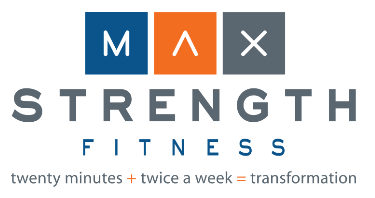Imagination is the difference between the problems plaguing our every day and the future solutions to those issues; imagination is step one for answers that work, says problem-solving entrepreneur Mona Patel.
“Imagine that you could work on an app that better informs financial decisions to help users get out of debt; imagine working with technology that helps patients and doctors better manage illness and health; imagine being stuck in the rain with a crappy umbrella and allow the experience to spark the curiosity that leads to a better design – these problems are amazing!” says Patel, founder and CEO of the New York City firm Motivate Design.
“Problems are amazing because of the innovative and creative solutions that often follow. There are so many big, juicy problems out there that remain blank canvases just waiting for the answers to improve the quality of life for us all.”
The problem that often hobbles problem-solving, however, is the “I can’t” mindset, which we all suffer to a greater or lesser extent, she says. It’s the hurdle separating problem recognition and imagination. But if we can get past “I can’t,” we enable wonder, curiosity, creativity and, sometimes, groundbreaking innovation, Patel says.
How do we overcome the “I can’t” mindset? Patel offers a brief summary of her creative- and innovation-enabling process for individuals and teams.
- Believe you can or, if needed, get unstuck. If you believe that you are creative, good. You’re going to need that creativity, so just trust yourself. If you don’t, trust in a process that begins with “Why?” If you’re stuck in doubt and “I can’t,” then attack it with “Why?” – “Why do I feel stuck?” It’s a great device for questioning and can help you understand the root cause of an issue. “Why?” sheds light on a usually irrational belief of “I can’t” and begins to liberate your mindset. The factor causing self-doubt gets put into perspective, enabling you to move on.
- Shift the way you see “The Problem.” The shift is deceptively simple and is similar to how we can get unstuck. Problems are usually perceived to be much bigger than they really are, causing intimidation and avoidance. Be sensitive to this intimidation, and train yourself: rather than allowing anxiety to take root, allow yourself to see problems as an invitation, or challenge, to keep asking questions. See problems as an opportunity to change your mind about what you think is possible.
- Ask, “What if?” There is a technique to “What if?” Creativity is like a muscle. A well-designed workout matters. So we created one to help people access and strengthen their creativity muscle. Think of this workout as high intensity interval training. Is it the only way to access the muscle? Of course not. But it works. The workout starts with a silent warm-up ideation round of three minutes, followed by a sharing round with a team, repeated three times. In the silent ideation, you write down as many “What if?” or open questions as possible. Participants come up with ideas at the same time and write them down, so louder and more vocal people don’t have an advantage. A necessary general guideline in this sharing process is positivity – show support for good ideas or voice that you have a similar one in mind, and keep the vibe open and friendly with other positive language.
- Manage the creative momentum. While collective brainstorming and discussion can be fun while yielding group bonding, the more important takeaway is that the process has helped participants get out of their own way to grab and distill the best ideas that are out there. Having too many ideas can be its own problem, so it’s important to deduce and connect the best ones.
By now, “I can’t” looks pretty ridiculous and unnecessary. This is a lesson that not only yields creative solutions for one problem, but a general principle with which to address all problems … or, rather, opportunities.









